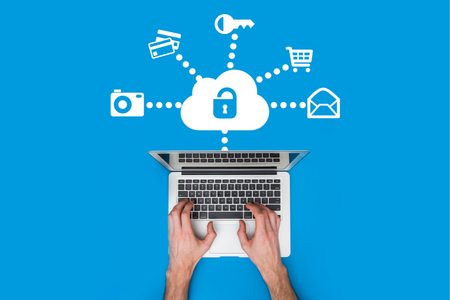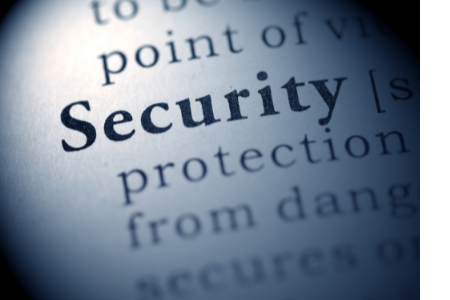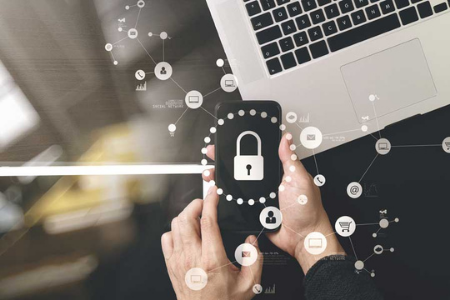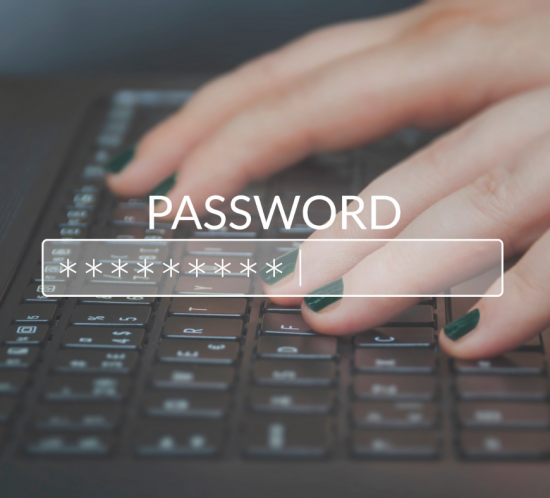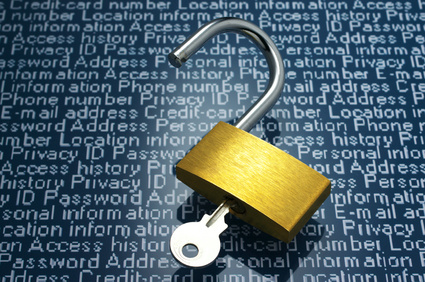Safe Surfing: 4 Tips To Improve Your Online Security
For many, the internet is an important part of their everyday lives. They use it for shopping, banking, and keeping in touch with loved ones and friends. A lot of people, however, are not aware of the many cyberthreats that can steal sensitive information or corrupt their data. In this article, we will discuss how to improve your online security to ensure your safety while browsing the internet.
Use a VPN
A VPN, or virtual private network, is software or service that protects your online activities. It encrypts your data and hides your IP address to prevent hackers, your internet service provider, and other third parties from monitoring your online activities and accessing your data.
If you frequently access public Wi-Fi hotspots, you should always use a VPN to ensure your security and privacy.
Enable multifactor authentication
Multifactor authentication (MFA) is a type of access control that requires a user to supply several forms of verification to gain access to an application or online account. This includes what a user knows, like a username or password; what a user has, like a one-time code from an authenticator; and what a user is, such as a fingerprint.
MFA adds another layer of defense, making it harder for cybercriminals to infiltrate your device or network. Even if your password is compromised, the intruder will not be able to access the associated account without providing the other required factors.
Use complex passwords
Passwords are the primary defense against unauthorized entry to your online accounts, computer, and personal information. Using long and complicated passwords makes it harder for cybercriminals to invade your network. Here’s a guide to creating strong passwords:
- Complex passwords should not be shorter than eight characters. You should use a combination of numbers, upper- and lowercase letters, and special characters.
- Avoid using names, birthdays, and other personal information.
- Refrain from using sequential keyboard characters like “12345” or “qwerty.”
Change your passwords at least every six months to ensure the security of your network, accounts, and devices. If you find it hard to create complex passwords, a password manager like Dashlane can automatically generate them for you.
Install antivirus software
Antivirus software can detect and remove viruses and other harmful applications from your computer and mobile devices. Many antivirus software programs today also come with a firewall that monitors all traffic going in and out of your device. A firewall identifies and prevents suspicious data, such as phishing emails, from reaching your computer and mobile devices.
If you want to learn more ways of improving your online security, give our experts a call today.




